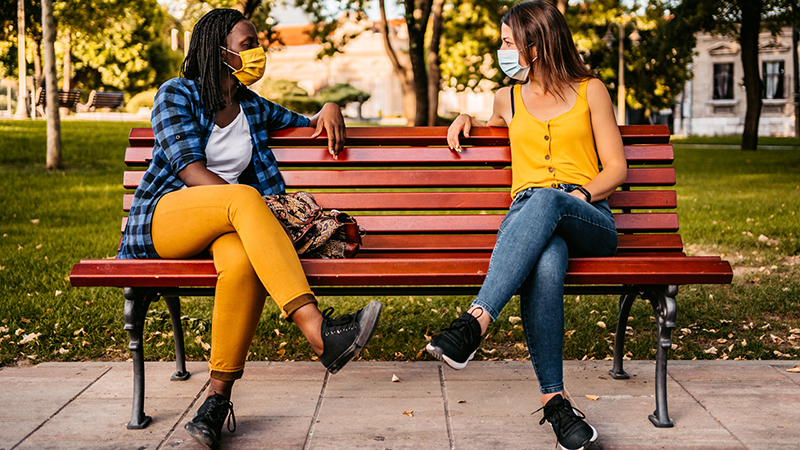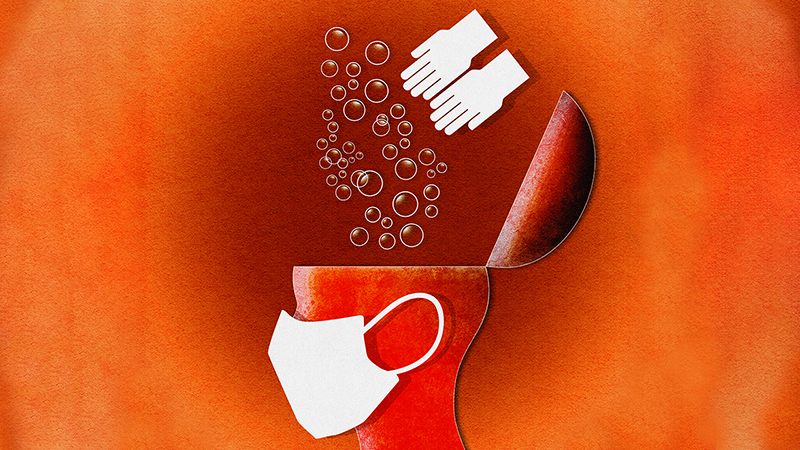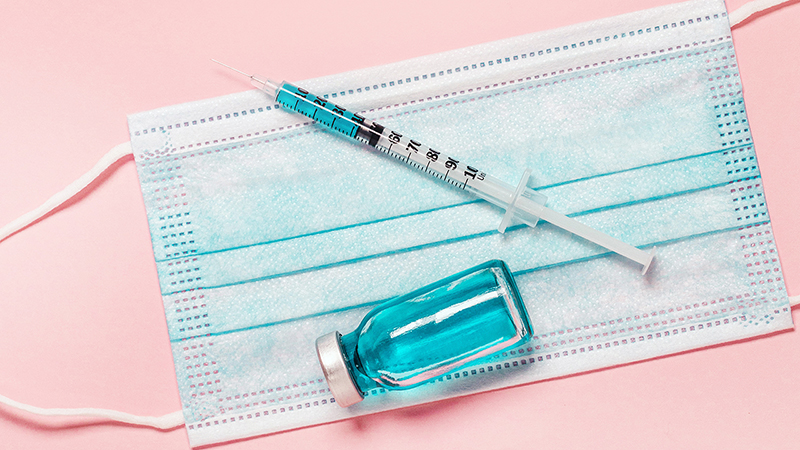What Is Physical Distancing?
Published April 2020
Protect Yourself and Others From COVID-19 (Coronavirus)
Schools and mass gatherings are cancelled, and many state governments have issued stay-at-home orders. So, what does this have to do with curbing a pandemic, or a disease that spreads over several countries or continents, like COVID-19?
Community mitigation strategies, or nonpharmaceutical interventions, are actions people and their communities can take to slow the spread of infections like COVID-19. According to the U.S. Centers for Disease Control and Prevention (CDC), one such strategy, which you’ve likely heard called “physical distancing,” is especially important before a vaccine for prevention or medication for treatment become widely available for COVID-19.
Physical distancing is also vital for protecting at-risk populations from infection. Not only does it help limit their exposure to the virus, but it also helps ensure that health systems have enough supplies and personnel to handle their care if they need to be hospitalized for COVID-19.
COVID-19 is thought to spread mainly through person-to-person transmission between people who are within a 6-foot radius of each other. Physical distancing minimizes the chance that someone inhales a sick person’s respiratory droplets. Physical distancing can be large-scale, like cancelling events with more than 50 people, per the CDC’s latest recommendation, or on an individual scale, such as avoiding crowds, staying home and keeping a 6-foot distance from others.
Physical distancing is effective. For the highly infectious 1957–58 Asian flu, closing schools and staying home reduced the incidence of the disease by 90%.
 Download What Is Physical Distancing?
Download What Is Physical Distancing?






